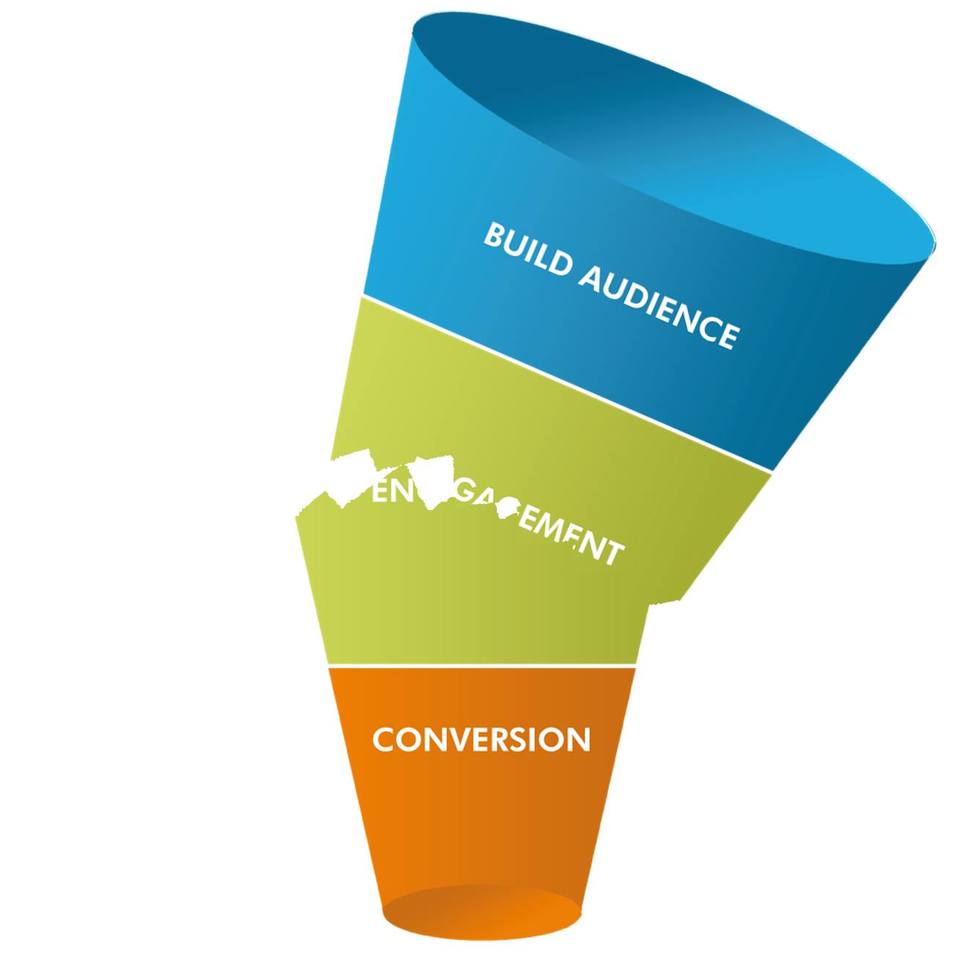Don’t Search with a Stubby Funnel!
Some hiring managers in the building materials industry are start their recruiting process in the middle of the funnel by only focusing on candidates that show INTENT. . .
The candidate pool is seen as the candidates they already have a relationship with, candidates applying to jobs online, and candidates that happen to be referred.
If we want control over the search, we should be able to develop intent within a candidate audience.
This is done by adding three stages prior to the Intent step to drive more activity.
Mapped >
Comms >
Interactive >
Intent >
Mapped – An audience that a search team is able to identify independently by name within the market. During the second step of our recruiting process, we begin to scrape data to find out as many applicable candidates in the area as possible. Typically we make two maps, one of a large audience of candidates that are acceptable, then one small audience of candidates that are knockouts. Citing the Pareto rule, we likely want to spend 80% of our time with the knockouts, but we still want to have efforts on that other 20%, those should just be more automated and at a larger scale.
Comms – An audience a search team actually has an ability to communicate with, whether by social media, email, or phone. After mapping the market, we begin using 3rd party sources to find emails and phone numbers in order to make contact. We want to make sure we are getting the opportunity in front of them from as many angles as possible.
Interactive – The group of candidates that are responding to your outreach or opting in through different marketing channels. As candidates are seen as not a fit or not interested, they are moved off of the interactive candidate list and onto an out of process list. An interactive candidate list should be completely filtered out before interviews take place.
Intent/Roster – The candidates that are qualified and show Intent in pursuing the role. Here we are building out a roster irrespective of compensation levels. Using a Roster, we can compare candidates we interview to the entirety of the market and be more confident in how we make our offers. It is easy to believe a role is paying a median wage for the type of candidate that’s being searched for, but it is a much more honest look when you are staring the numbers from a search’s specific market in the face.
If we extend our search funnel and start to drive more and more activity, we will increase our candidate pool without decreasing our average quality of candidate – which leads us with access to not only more candidates but better candidates altogether.
There’s a lot more information on this process in my video series called the Sixty Second Strategy Series – check it out!
